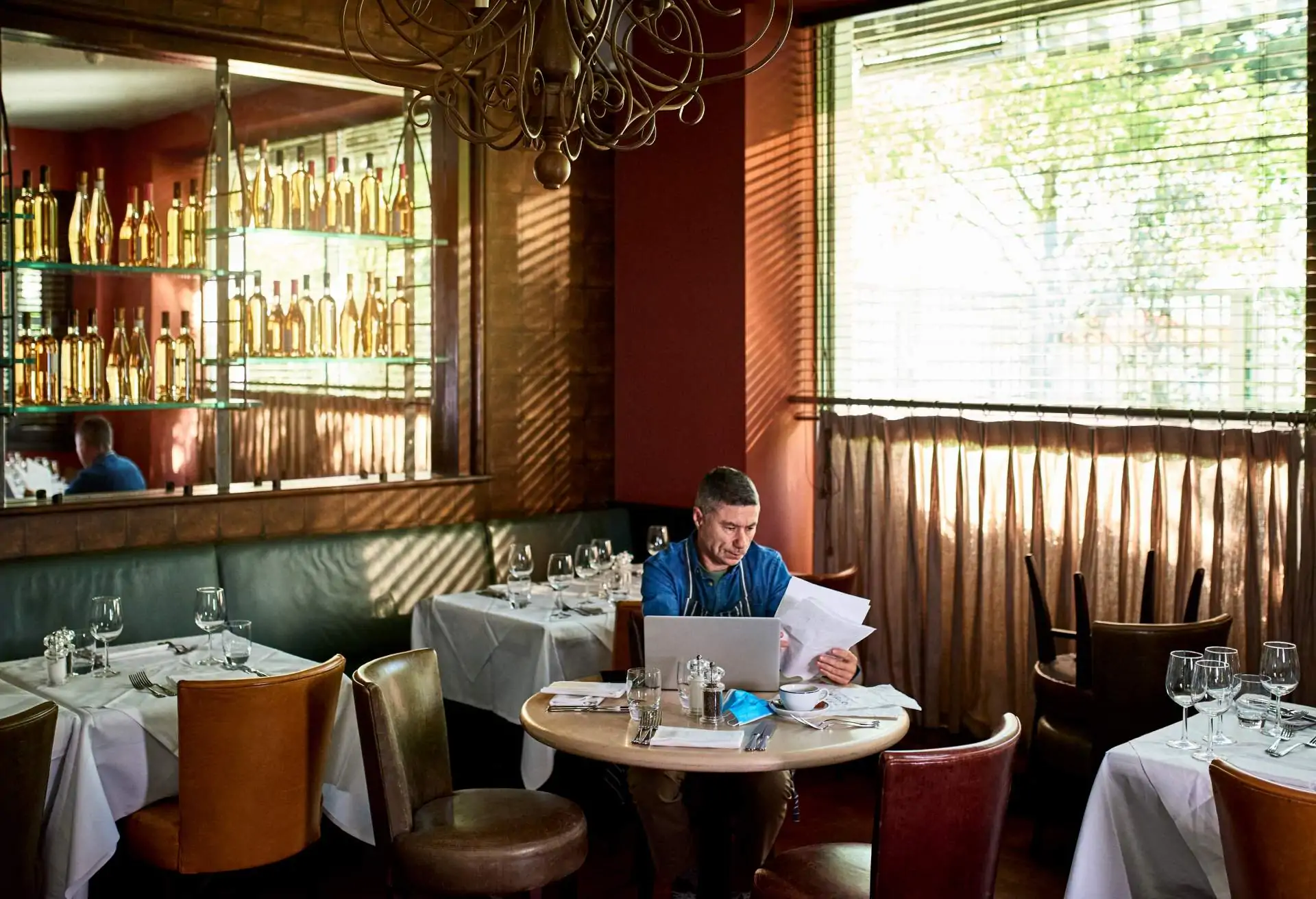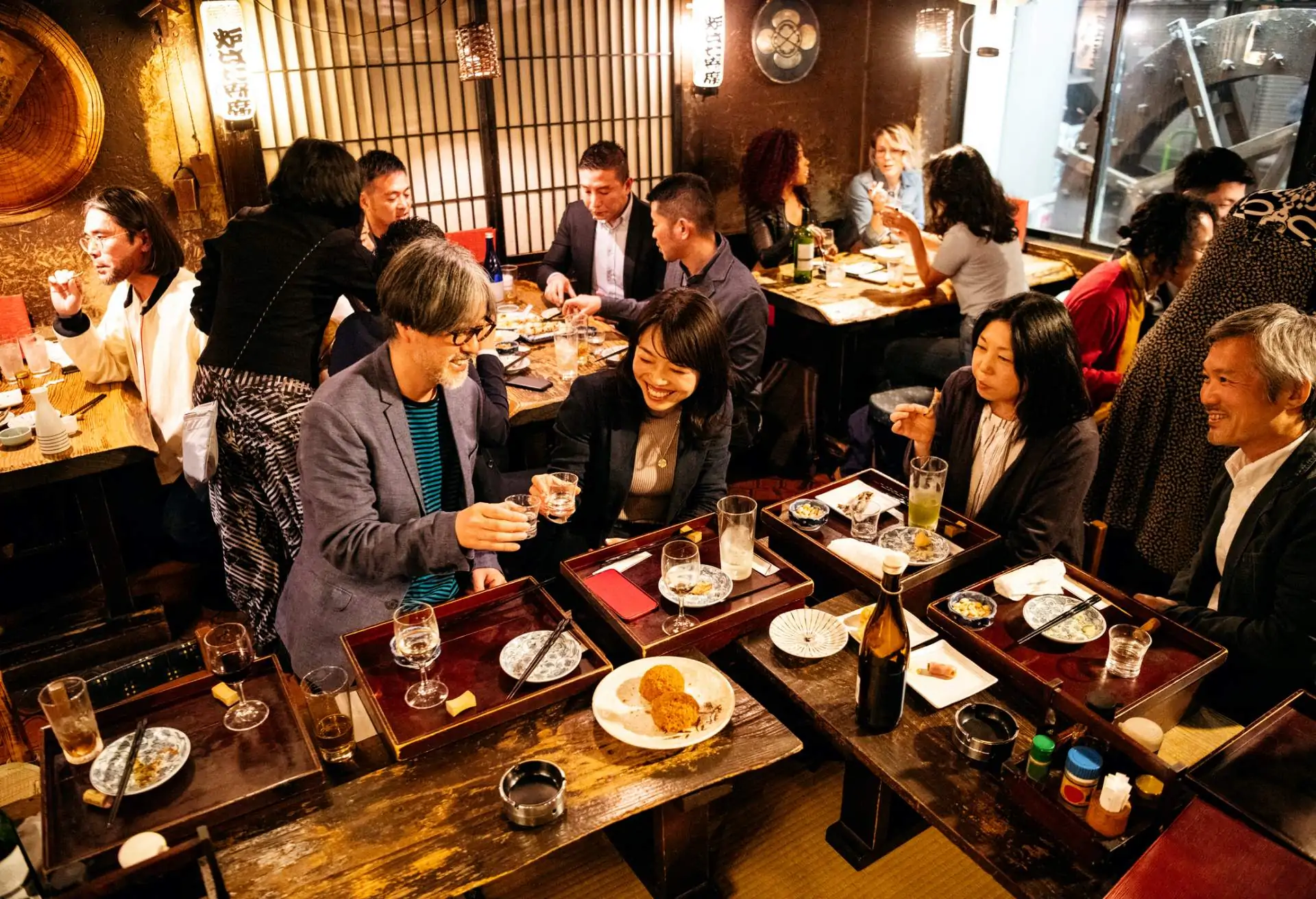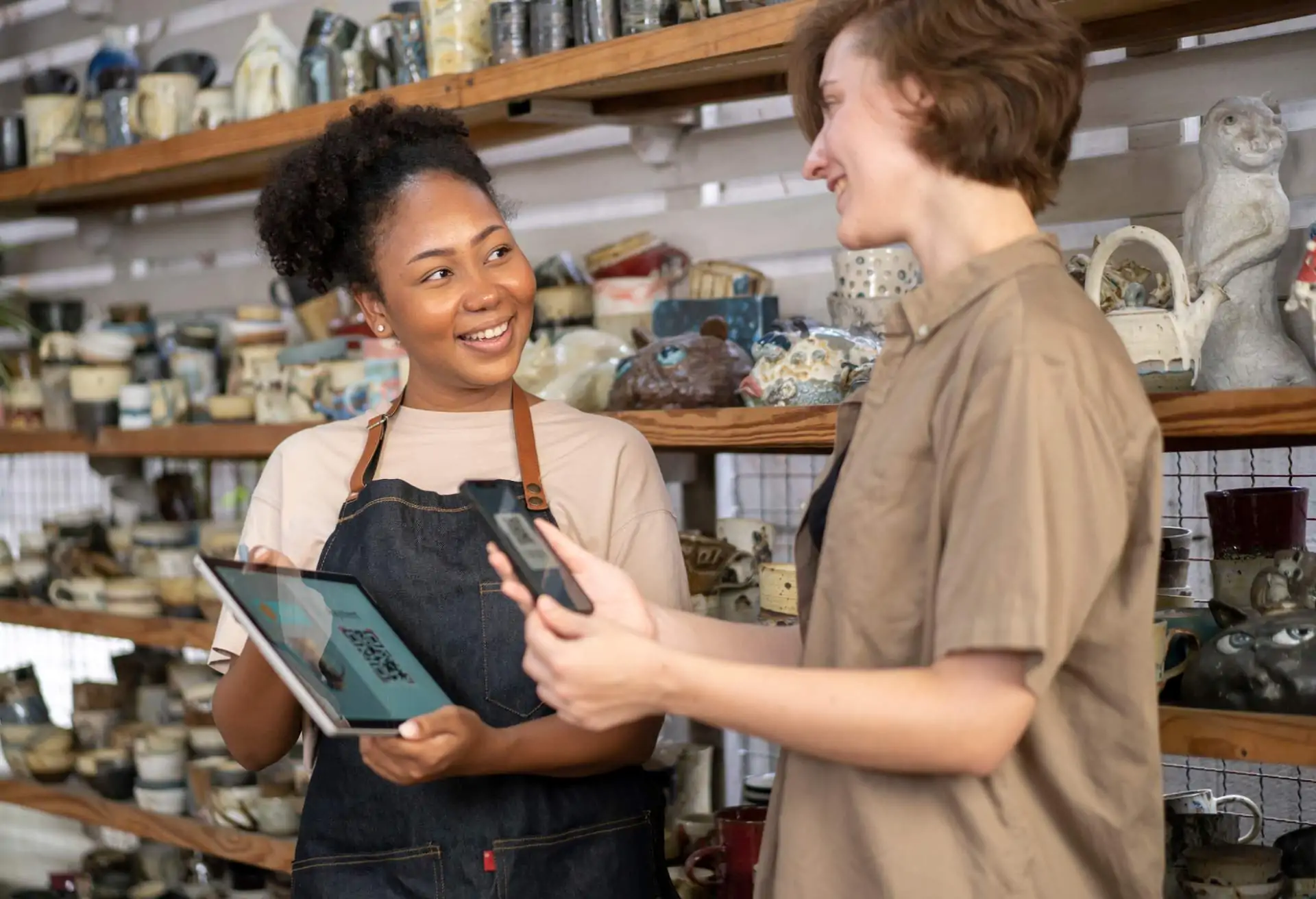Over the last few years, the norms of the restaurant industry have drastically changed. Technology in restaurants continues to ramp up, the current climate continues to change, and economic security is more elusive than ever. While this industry will always require a certain level of adaptability, developing a plan for the worst case scenario has become essential.
Here are six steps restaurants can take to be more resilient in unprecedented times.
1. Expand contactless options
Contactless strategies are on the rise. Digital ordering and QR codes are becoming the norm. Reportedly, 23% of diners are more inclined to purchase from a restaurant that offers digital wallet payments, according to a study conducted by PYMNTS and Paytonix. The same study found that 60% of restaurants in the U.S. already offer the option for guests to pay with digital wallets.
Adopting a contactless strategy can streamline operations while also maintaining top tier health guidelines. Minimizing points for staff and guests to physically interact can reduce the chances of germs spreading, leading to less sick days and better staff morale.
When deciding which contactless strategy is right for a restaurant, consider which pain points need to be solved. If the goal is quicker table turnover with a small staff, try QR codes linking to digital menus and online ordering. If the host stand is always overwhelmed, try including a digital waitlist at the front door.
A strong contactless strategy should always consider Murphy’s Law. Use digital menus to help with last minute dish alterations due to a supply chain issue. If the restaurant is dealing with a staffing shortage, encourage guests to use online ordering (both in-house and for takeout). And in the case indoor seating is unavailable, having a strong contactless set up for takeout or outdoor dining can ensure that the restaurant continues to thrive.
2. Maximize takeout and delivery opportunities
Takeout, in any scenario, is a must, with 60% of U.S. consumers ordering delivery or takeout once a week, according to a survey by Upserve. In the event that a restaurant is unable to operate at full capacity, takeout can help secure one stream of revenue. And with the right technology, managing the logistics can be a simple task. Whether the restaurant would prefer to coordinate the approach on their own or partner with a third-party platform, there are plenty of options to simplify this service. OpenTable hosts seamless integration for guests looking for takeout.
DoorDash, GrubHub, or UberEats are go-to delivery partners for many restaurants. Using one of these partners can help introduce your restaurants to all the people on those platforms, attracting new guests. They also handle the technology and manage drivers. Some work directly with the restaurants’ POS system. Companies like Square offer on-demand courier delivery. When choosing the best delivery option for your restaurant, consider cost, integration opportunities, how many customers use that platform. Take a hard look at their policies to make sure they align with your disaster-proofing strategies.
3. Revamp the outdoor dining setup
An outdoor dining setup can ensure the restaurant stays resilient. And diner interest is still increasing. 82% of people want to see outdoor seating options continue to grow, according to OpenTable’s most recent diner survey.
Outdoor dining areas add seats to a restaurant and can increase revenue. When hosting private events in the indoor—or outdoor—space, more space can allow for larger events or you can split it up, hosting dinner service in whatever area is unused.
While some permit restrictions are now tighter than in late 2020, many cities are moving toward a permanent path to outdoor dining. Some, like New York, are debating a European streetscape model. This would allow for setups that can be removed at close in an attempt to combat restaurant vandalism, street cleaning issues, and noise complaints. The goal is to develop a permanent and regulated system that appeases both restaurants and residents. Keep in mind that discussions for permanent moves are still ongoing so be sure to check local conversations and regulations before investing in outdoor seating upgrades.
Once you’ve checked local regulations, bake in permit application fees and deadlines, and any outdoor buildout design costs to the yearly business plan and budget. Develop a cost analysis to determine which outdoor dining structures are right for the restaurant. Confirm that any existing setup meets new city regulations or calculate costs to adjust it. Lastly, ensure that you’re aware of all permitting deadlines and costs associated with them.
4. Create a staff health and safety plan
Keeping staff healthy, both mentally and physically, is a vital component in successful business operations. And while people will always get sick, there are a few ways to ease pain points for both staff and restaurants.
Technology in restaurants can be a huge help when it comes to staff safety and wellness. Contactless options, again, can help by minimizing germ sharing both in-house and with guests. Mindfulness apps such as Calm, Headspace, and AnxietyCoach can all work to combat burnout—a serious issue in the industry—so consider offering subscriptions to employees as a benefit. And be open about mental health conversations in the workplace; fostering a supportive environment can lead to long-term employee happiness and less turnover.
Should an employee fall ill, offer paid sick leave. Even if it’s not required by the state, it shows the team that they’re supported financially if they get sick and they won’t be forced to make the choice between endangering others or losing out on pay. And when a staff member does call in sick, don’t demand a doctor’s note. Sometimes it’s not possible to prove an illness and requiring this type of proof can foster an environment of distrust.
If you don’t offer paid leave, if the yearly budget is tapped out, and if the city has not implemented a healthcare mandate, consider increasing menu prices. Email guests to explain that you made the change to create a safer environment for staff and guests alike. The money spent on healthcare for the team is a good investment when you consider lower turnover, burnout, and staffing shortages.
5. Cross-train staff
In the event of employee turnover or if a staff member is out on sick leave, there should always be a backup. Cross-training staff maximizes resources and can provide employees with even more skills for future advancement. When the entire team has been trained across multiple responsibilities, everything moves more smoothly. It also gives employees the opportunity to form relationships in all areas of the restaurant while developing an understanding of each team member’s tasks so that they can take over at a moment’s notice.
6. Establish a triage plan
Once disaster-proofing strategies have been established, the last step is to build out a larger triage plan. Figure out which expenses aren’t going away even if the restaurant has to close for a period of time: rent, appliance payment plans, utilities, etc.
After the worst case scenario costs have been determined, set aside a rainy day fund that could cover these non-negotiable expenses for a few months, if possible. Be sure to discuss this plan with any investors as well—they might be willing to support the fund with the right business plan.
Run through a couple of scenarios to check how the triage plan tackles each one. It’s also smart to look into insurance policies that are applicable to the restaurants’ specific climate. Compile websites and phone numbers of local regulatory offices in case the permits change with the scenario. Construct a list of “absolute needs” and “can do withouts” for everything from the restaurants’ supplier down to the promotional holiday flyers.
The thought of a restaurant closing down due to something that is completely out of our control is terrifying. But with the right tools, every restaurant can be prepared for any scenario. Using technology in restaurants to your advantage, supporting and mentoring the team, and playing through every possible disaster will guarantee a path to success.




